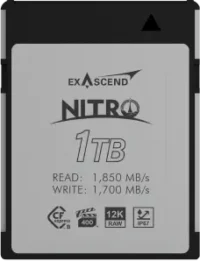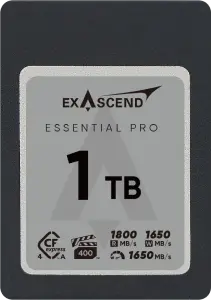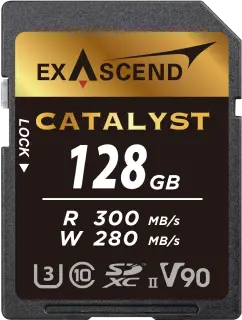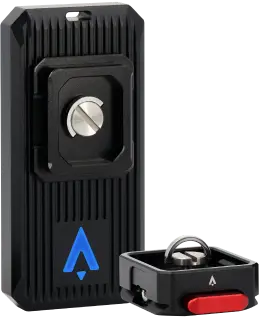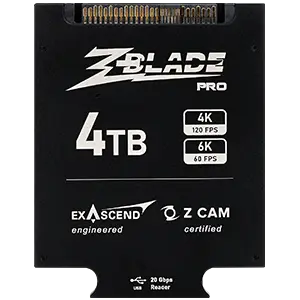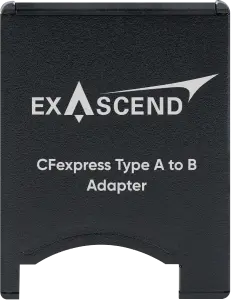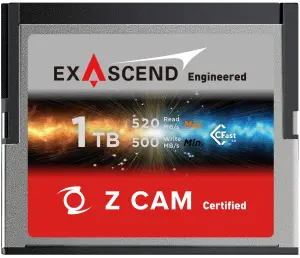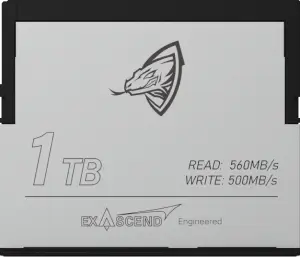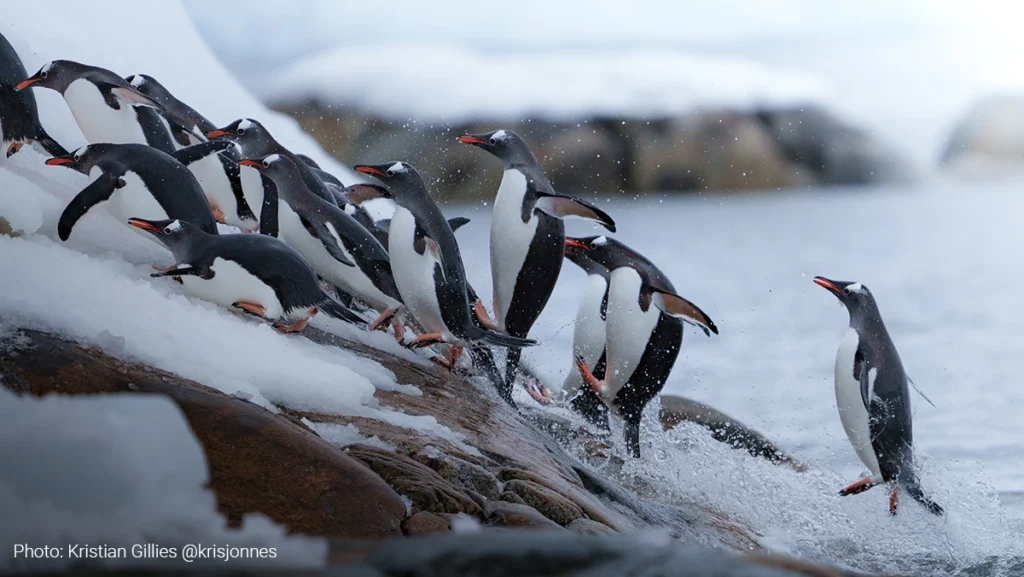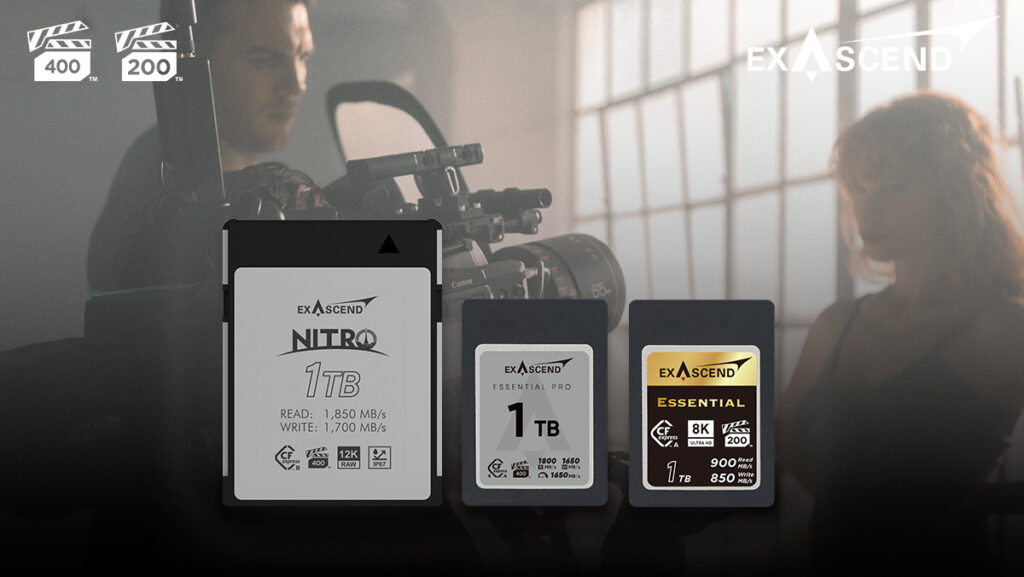Photo shooting in Antarctica is a dream for many photographers. The continent’s raw beauty, extreme remoteness, and unique wildlife present both a captivating allure and formidable challenges.
In this blog post, we delve into the experiences of three distinguished photographers—Kristian Gillies, Taku Kumabe, and Toby Gelston—who have captured stunning images in the Antarctic wilderness. They share the difficulties they faced and highlight the importance of reliable storage media in these extreme conditions.
Challenge #1: Shooting in extreme cold
Antarctica’s environment can be brutal. Cold temperatures and unpredictable weather conditions make photography incredibly demanding.

Kristian Gillies’ insights
Kristian Gillies, a Canadian photographer who uses a Sony Alpha camera with Exascend’s Essential CFexpress Type A memory card, emphasizes the importance of maintaining gear performance:
“The cold temperatures and wet, snowy conditions are the first things I must be mindful of when choosing what gear to use. I need gear that I can trust as these moments are truly fleeting… I was incredibly impressed with the performance of the Exascend CFexpress Type A card and the way it handled the extreme conditions in Antarctica.”
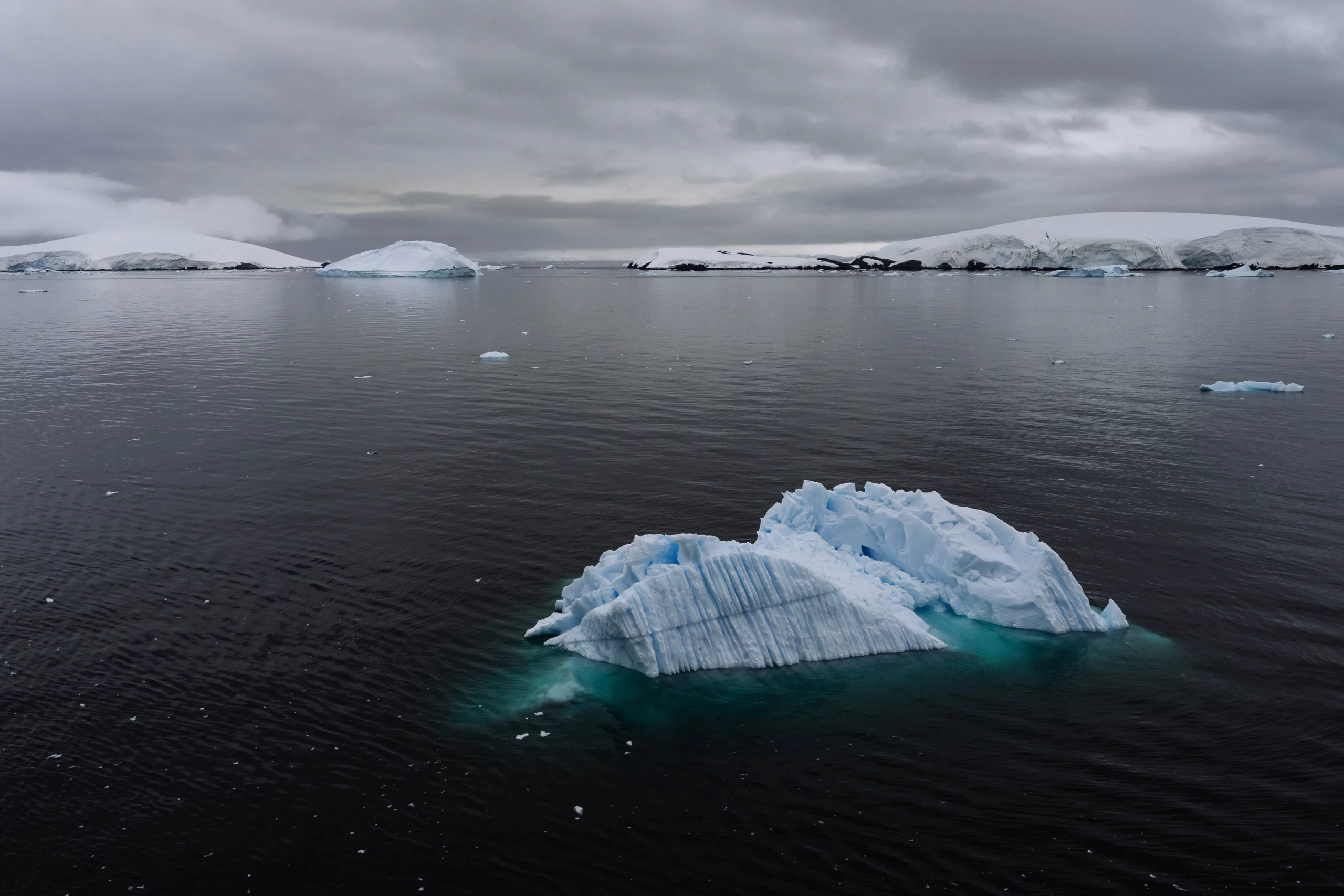
Taku Kumabe’s experience
Taku Kumabe, another Canadian photographer, uses Nikon Z8 and Z9 cameras with Exascend’s Vigor and Essential CFexpress Type B cards. He highlights that the frigid environment tests the limits of both the photographer and their equipment.
Pro tip: Choose an adventure-proof storage media optimized for extended shoots
Kristian was particularly impressed by Exascend’s performance and reliability: “During this trip, I was trying out the CFexpress Type A Card. This card is truly adventure-proof and did not let me down once while out in the Southern Ocean chasing this shot.”
In cold climates, it is imperative to opt for memory cards designed for extended battery life and longevity. Exascend’s Vigor CFexpress Type B card, which Taku used with his Nikon Z8, is ideal for supporting extended shoots.
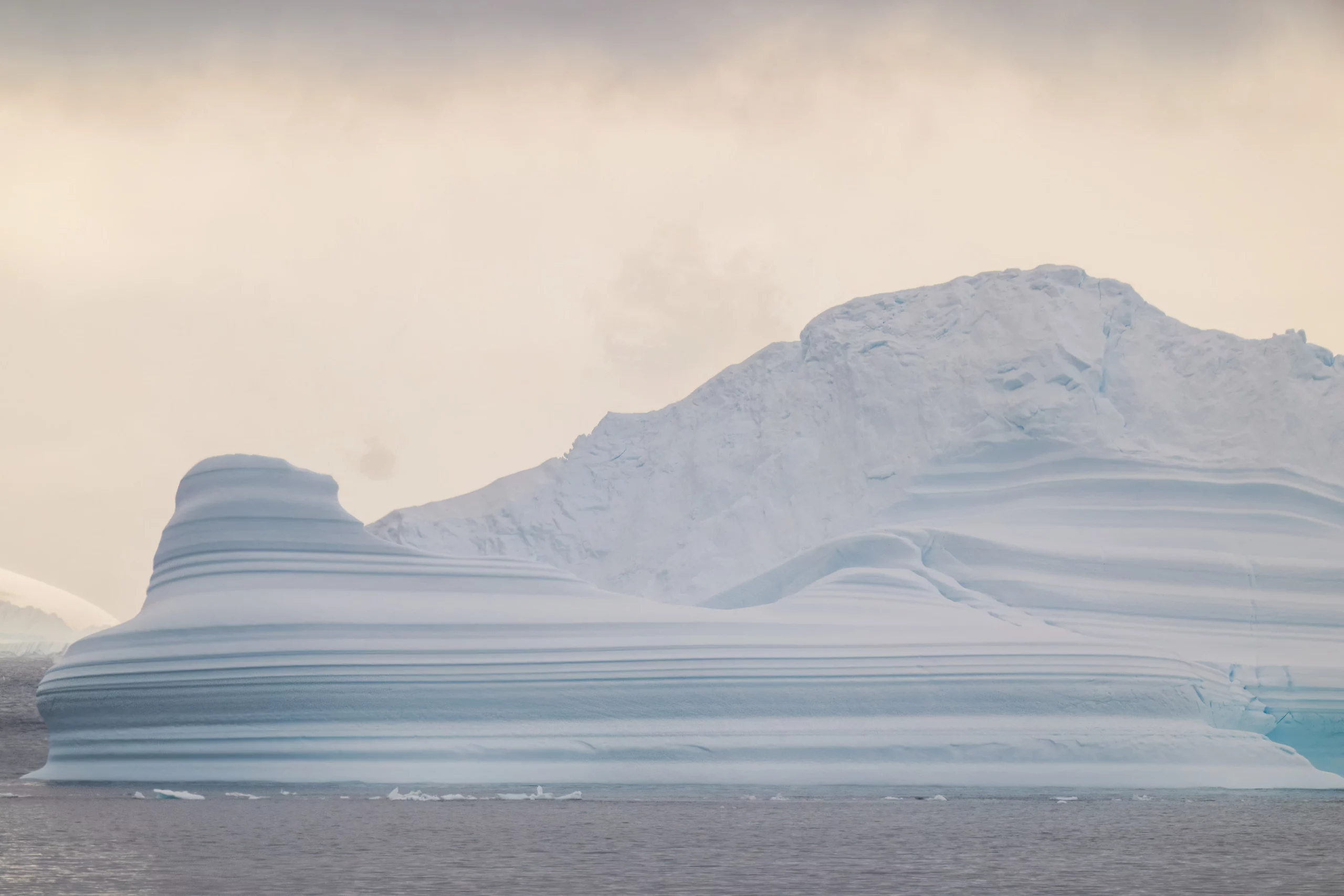
Challenge #2: Capturing wildlife and elusive penguins
One of the most rewarding yet challenging aspects of Antarctic photography is capturing its wildlife, particularly penguins.
Kristian Gillies on penguins
Kristian describes his pursuit of photographing penguins as they leap from the water: “Each time I head south, I envision a series of shots, which will involve a variety of factors to come together. Smooth, glassy conditions, soft lighting, and then the wildlife. On this trip, my dream was to shoot a flying penguin… This is one of the trickiest things to photograph in Antarctica.”

The unpredictability and speed of penguins make this a difficult task. “Penguins are flightless birds. As they swim through the water, they will come flying out through the air periodically to obtain a breath of air. I would classify this as one of the trickiest things to photograph in Antarctica.”
Toby Gelston’s perspective
Toby Gelston, an American wildlife photographer using a Sony Alpha 1 with Exascend’s Essential CFexpress Type A card, shares similar sentiments. He emphasizes the importance of fast shutter speeds and the ability to shoot rapidly to capture these fleeting moments.
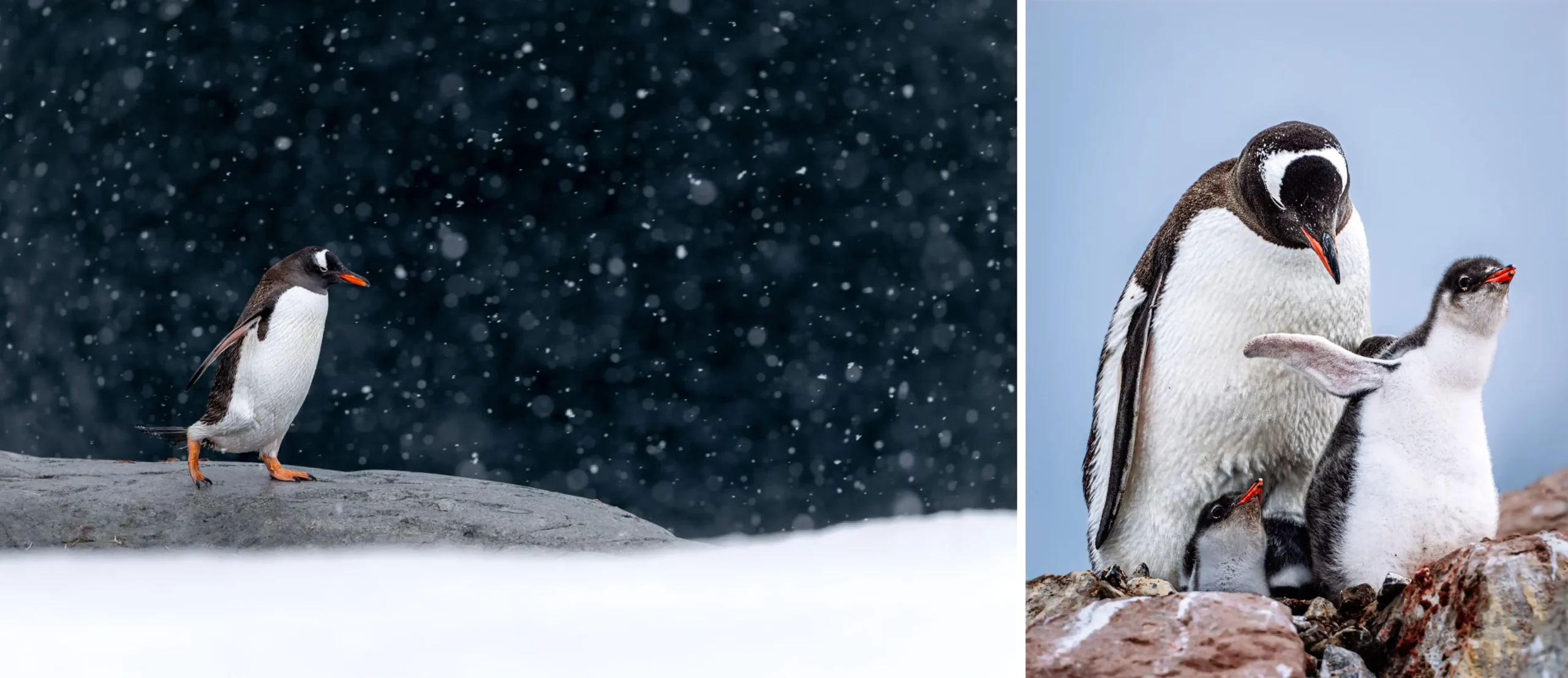
Challenge #3: Securing precious moments with reliable storage
Reliable storage media is paramount for photographers working in extreme environments.
Kristian Gillies’ experience
Kristian praises the performance of Exascend’s 1TB CFexpress Type A card, which he tested in Antarctica:
“This card is truly adventure-proof and did not let me down once… The 850 MB/s write speed was perfect for freezing moments that only last a millisecond… This incredible write speed, in addition to the 1TB capacity, means that I never have to worry about missing a moment because of a full card or buffering lag.”
Taku Kumabe and Toby Gelston’s endorsement
Taku and Toby also rely on Exascend’s CFexpress cards for their high write speeds and large storage capacities. The 1TB CFexpress Type B card in Taku’s Nikon cameras ensures he can keep shooting without interruptions, crucial when capturing the breathtaking landscapes and unique wildlife of Antarctica.
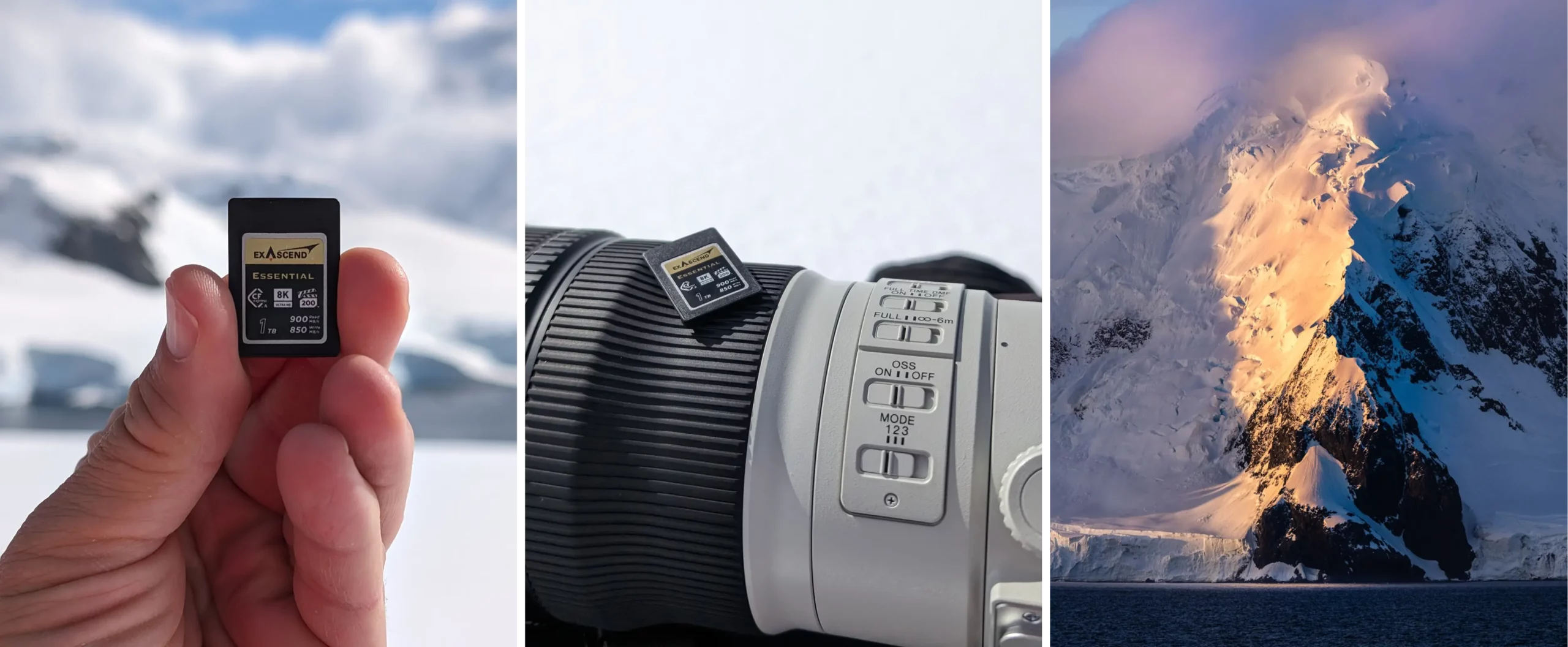
The takeaway
Photographing in Antarctica is challenging but immensely rewarding. The extreme cold, unpredictable weather, and dynamic wildlife demand the best from both photographers and their equipment. The experiences shared by Kristian, Taku, and Toby underscore the necessity of reliable, high-performance storage media to ensure that no moment is missed. As Kristian prepares for his next adventure in the Arctic, he does so with confidence in his gear, ready to capture the extraordinary beauty of our planet’s most remote regions.
Photographers featured and their gear used
| Name | Equipment and Exascend products used | |
|---|---|---|
| Kristian Gillies | @krisjonnes | Sony Alpha with 1TB Essential CFexpress Type A |
| Taku Kumabe | @smaku | Nikon Z8 with 1TB Vigor CFexpress Type B Nikon Z9 with 1TB Essential CFexpress Type B |
| Toby Gelston | @photorectoby | SONY Alpha 1 with 1TB Essential CFexpress Type A |
Keep up with latest cinema storage news
Join thousands of photographers who receive our regularly published newsletter.
Or find us on social media
・June 21, 2024
